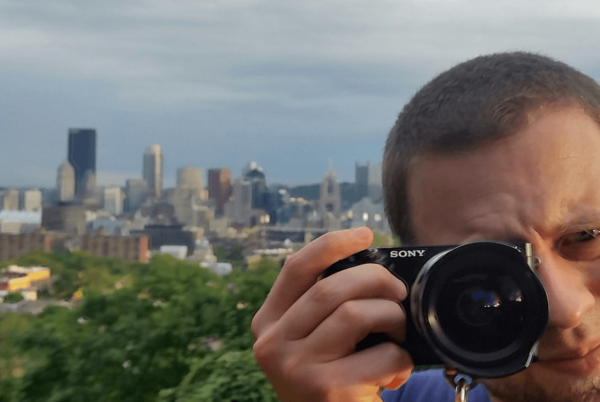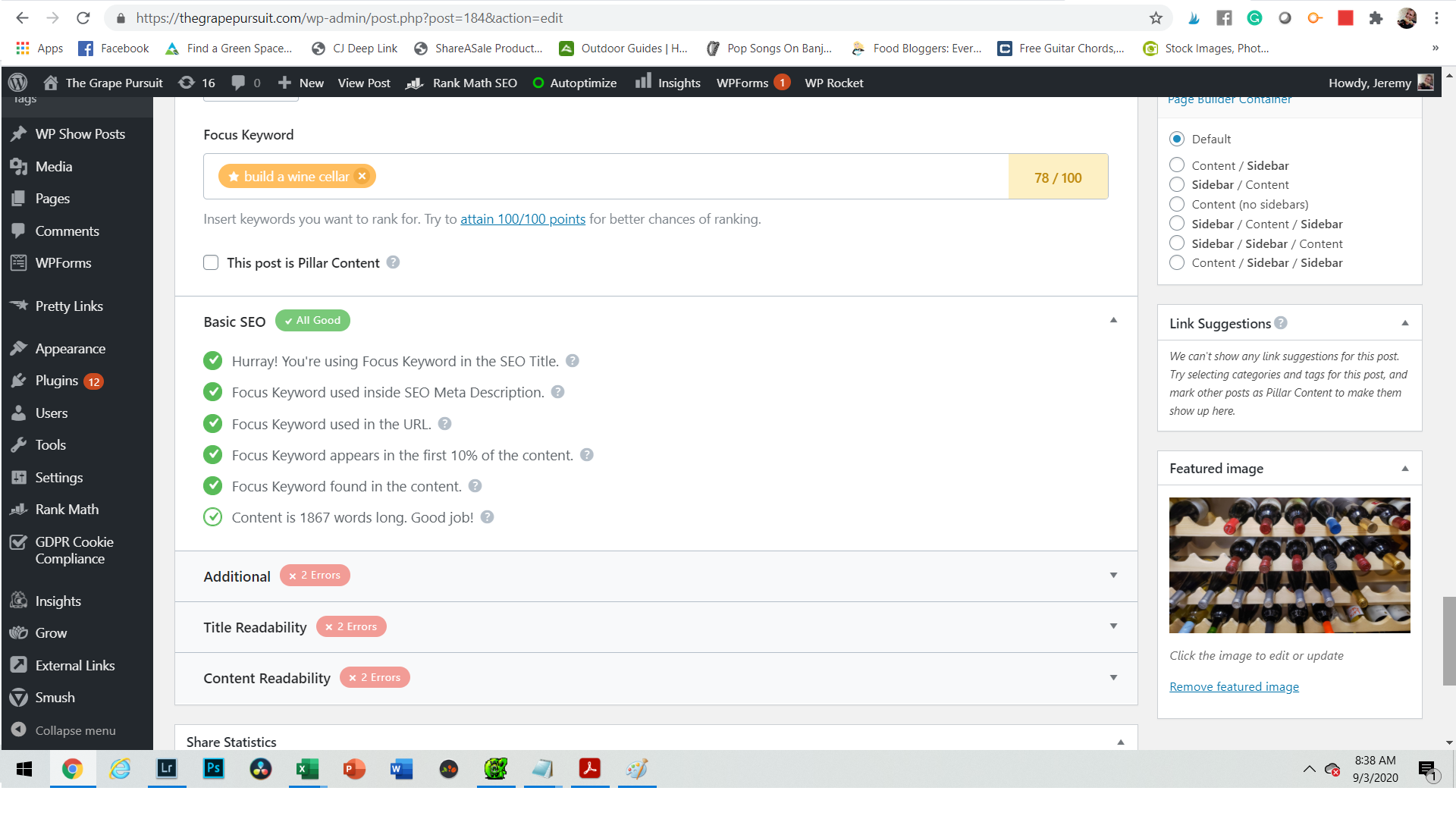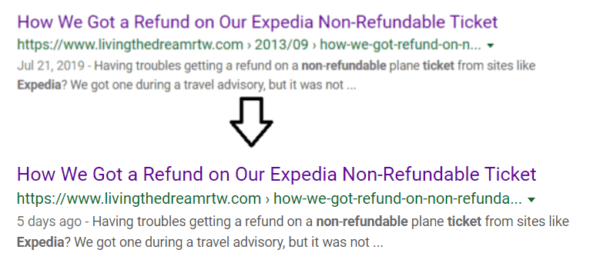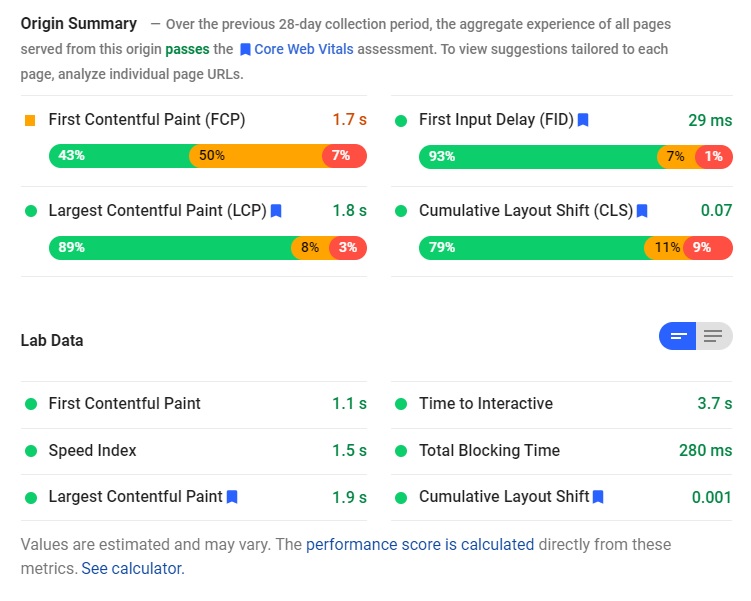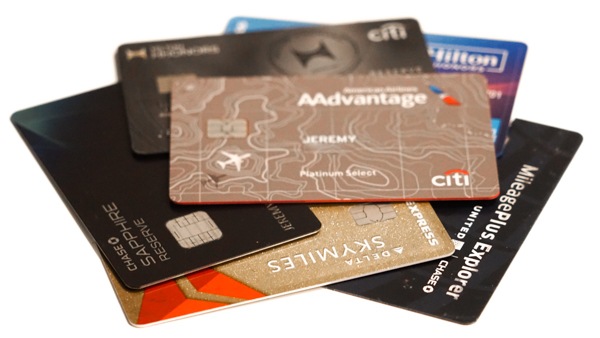Published by Jeremy. Last Updated on July 29, 2022.
Disclaimer: This Week in Blogging uses demographic data, email opt-ins, and affiliate links to operate this site. Please review our Terms and Conditions and Privacy Policy.
In our photography tips for bloggers interview with Kevin Wagar, we briefly touched on the practice of using stock photography on your blogs.
This practice almost always starts robust debates online between those who are open to using stock photos and those who share content exclusively created by themselves. For over a decade I was purely in the latter, but have recently started using stock photos on my blogs to illustrate points where I do not have a relevant image of my own (this is especially true on This Week in Blogging).
Unfortunately, using photography that you did not take yourself opens up a number of issues that must be considered, and before you use stock photography online there are some things you need to know.
*This article is written based on my understanding of US Copyright law. Other countries may have variations, especially around privacy rules. We are not lawyers and the below should not be considered legal advice.
Using Photos Without Permission Can Be Illegal
There is an inherent problem in the world of photography and that revolves around copyright protection. To put it simply, just because an image exists, does not give anyone an inherent license to use it. This is because the copyright of an image rests exclusively with the photographer and is protected from the moment the image is created. This means that they control the terms for how their images can be used, and just because they utilize it on the internet does not inherently constitute permission for it to be used by anyone else.
While this sounds pretty simple, it is often widely ignored. So it is worth re-iterating. Just because an image is on the internet doesn't mean you have a right to use it however you see fit. Not if you're in it. Not if it is featuring your business or product. And especially not just because you like it.
Generally speaking, the only acceptable ways you can use images are online are the following:
- If you're the one who clicked the button on the camera and own the copyright outright.
- If you licensed the image from the photographer in point #1 directly.
- If you are sharing the image on a service where the Terms and Conditions allow for it (e.g. Facebook shares using the official share button, Twitter Retweets, etc).
Still, many people like to believe that the internet is a royalty-free library for image use which can open you up to liability and fines of hundreds if not thousands of dollars.
To put things in perspective, images from my local blog have been stolen from nearly every major media outlet in the city (including blogs, magazines, and newspapers), our city's tourist board, our state's tourist board, and many businesses that we've had zero working relationships with. The common trend with all of these cases, beyond not a single entity asking permission, was that every time we confronted someone about it we were met with indifference and a clear lack of understanding of copyright law.
Some think photo use falls under the practice of Fair Use. But in reality, Fair Use often only applies when you use a brand's image to represent their product specifically (there are actually four factors that go into Fair Use). In practice, I interpret Fair Use as I could probably use a photo of a bar, owned by the bar, to promote the bar directly. The reason is that the photo is looping back to promote the copyright owner for their direct benefit.
Many problems can arise even in these cases as you may think the bar owns that photo, but perhaps they only licensed it from a 3rd party photographer for limited use. Or maybe they've stolen it from someone else and thought they could use it because it represented them (they cannot). The bottom line is if you are hurting the copyright owner's ability to make money, you're not in Fair Use territory anymore. This is often not readily apparent when you see an image on the internet.
We once had an issue that highlighted the above problem perfectly.
One local blog in our city used our photo of a sandwich, credited the restaurant, and when we went to the restaurant's website we found out they were using our image illegally. We had never worked with the restaurant nor licensed them the image, and it was a clear case of copyright infringement on their end. The local blog thought it was Fair Use to feature the image, but since the restaurant did not own the copyright, it was not. We were cut out of the loop and therein lies the problem. Fair Use in this context often only works if the business and copyright owner are one and the same, and that is sometimes impossible to know.
These are only a few scenarios in which bloggers can get in trouble with copyright infringement, and rather than go through them all we wanted to dive into more details on how you can legally use 3rd party photos as well as provide resources for stock photo websites as well.
- On the flip side, you can also track your own photography online using services like Copytrack. These scan the internet to find instances of your photo being used and potentially target copyright violators with fines. Some people have great results, others are mixed. But the service is pretty good for tracking images all the same.
Best Practices for Using Photos Online
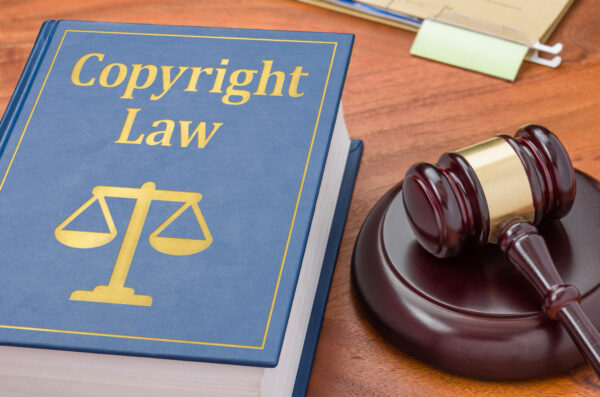
When it comes to using photos online, the absolute best practice is to only use photos you take yourself. While there are still rules and laws you need to follow here (specifically with regards to privacy and potentially model releases), this is the lowest risk scenario you have when publishing photos on the internet.
Any time you have to source images from elsewhere, additional concerns need to be addressed. Even in cases where it seems like Fair Use applies, it is always best to ask for permission from the copyright holder. At a minimum, the process would include the following:
- Reach out to the owner of the image to express your interest in using it, with clear indications of where it will be published, the image size required, and the context (commercial, print, non-profit, blog use, etc). If you are bound to other limitations (file must be a certain pixel size, no name attribution can be shared, etc), share that information up front. These are all relevant.
- Confirm that they are, in fact, the copyright holder of the image you wish to use. This means that they either took the photo themselves or own a license from the photographer that allows distribution. Keep in mind that many businesses do not know what copyright means at all.
- Ask for what terms they require for sharing. This could include attributing a photographer's name, a business name, inserting a backlink (possibly dofollow), a payment request, a combination of all of these, or something else entirely. As they control the terms, they can ask for whatever they want.
- Many photographers can and will change their terms based on usage, which is why it is important to clearly share your parameters upfront. The price for web use on a blog could be drastically different than printed on 10,000 products for sale. Permission for one situation does not constitute permission for another.
- Get the above permissions in writing once you agree on terms.
- Save the permission correspondence as well as a copy of the image both locally and digitally to protect yourself from any future claims.
- Send over all instances of using the image to the copyright holder to verify the placement is acceptable after publishing.
The above steps are generally considered to be best practices when using an image online, and, on an even more basic level, is giving a minimum level of respect to the copyright holder.
Does this absolve you of all risk? No. The second bullet point of confirming they are the copyright holder only goes so far. To go back to our using a photo from a business example above, we know of cases where the business simply said “sure go ahead and use it!” to our own image (that they never had permission to use in the first place), which gets both them and everyone else in trouble as well. This is why permission has to come from the copyright holder directly and is sometimes hard to determine.
Thankfully, there are other ways to acquire photos online with legal usage, and one is via stock photography websites.
When All Else Fails, Stock Photography Services Exist
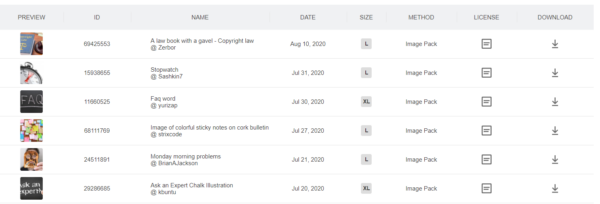
So let's say you need a photo to illustrate an article but you cannot get out to take a photo yourself and no one is available to license their photo to you. What can you do?
A number of stock photography websites are out there that make acquiring legal photos a breeze. A few of the more well-known options include:
- Freeimages.com
- Pexels
- Unsplash
- Wikimedia Commons
- Deposit Photos (Paid)
- Shutterstock (Paid)
- iStock by Getty Images (Paid)
Personally, I really like Deposit Photos if only because you can get a great price for bulk images during frequent sales (with the best often being around Black Friday). But your interest, niche, and intended use could take you to other networks as well.
Much like the previous section of this article, there are some things you need to know. Namely, each stock photo service sets its own terms for usage. Some even let individual photographers set their own terms as well. So for any given network you'll do well taking a deep dive to verify usage terms for any network you use- the ones listed above are no exception.
Generally speaking, free services often require credit in some capacity (often in the form of a backlink). Paid services also have restrictions on photo use (some are editorial only, some allow use on commercial websites, some do not allow use on products, etc.). The same frustrations of flexible terms apply to stock photo services, but the only difference here is that they are often published either on a dedicated licensing page or along with every photo.
If we haven't made the point clear enough by now, we'll say it one more time- reviewing copyright terms is important! This one is solely on you.
From there, you'll do well to save a copy of the image plus a screenshot of the page where you acquired the image from as well. It is not unheard of photographers to engage in scams where they upload images to sites like these, remove them after they've been used a few times, and then try and go after very legal uses with fake copyright violations. Having your acquisition logged via screenshots helps protect you here. This is one reason why we tend to go for paid sites as they often create a unique license on your profile as well (but even here we take a screenshot as added security).
Whether you use stock photos on your blogs or not is one thing, but the topic of image copyright is something all bloggers should be well versed with- both to prevent yourself from infringing on someone else's rights and also to protect your own.
Do you use stock photos on your sites? What process do you use to keep yourself safe? Comment below to share!
Join This Week in Blogging Today
Join This Week in Blogging to receive our newsletter with blogging news, expert tips and advice, product reviews, giveaways, and more. New editions each Tuesday!
Can't wait til Tuesday? Check out our Latest Edition here!
Upgrade Your Blog to Improve Performance
Check out more of our favorite blogging products and services we use to run our sites at the previous link!
How to Build a Better Blog
Looking for advice on how to improve your blog? We've got a number of articles around site optimization, SEO, and more that you may find valuable. Check out some of the following!


